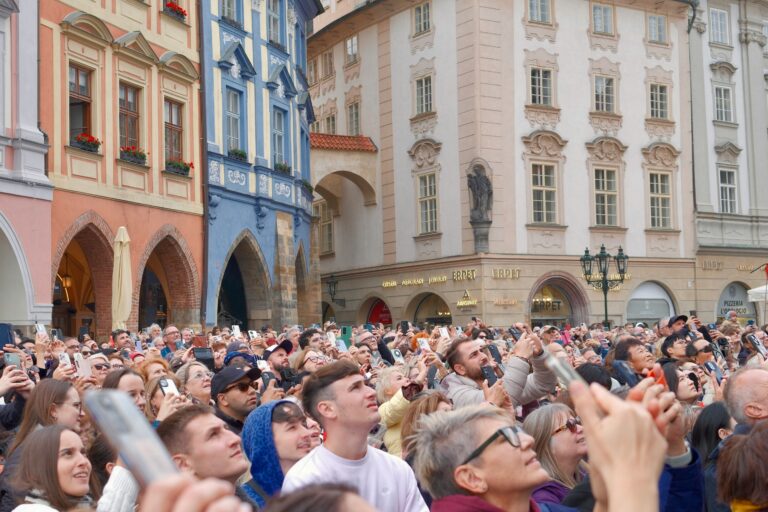Not All That Glitters Is Luxury: Understanding the Difference Between Luxury and High-Value Tourists
Why Smart Tourism Strategies Focus on Value, Not Just Spending Power
In the world of tourism marketing, the term “luxury traveler” often takes center stage. It conjures images of private villas, first-class flights, and designer shopping sprees. However, as destinations and operators shift towards high-yield models that emphasize quality, sustainability, and long-term benefits, it is essential to ask: Is luxury truly equivalent to high value?
The short answer: no.
While luxury tourists represent an important market segment, they are only a part of a much broader and more nuanced category, the high-value tourist. Understanding this distinction can help tourism planners attract the right visitors, reduce their reliance on luxury markets, and generate more profound economic and social returns.
Defining the Luxury Tourist
Luxury tourists are typically defined by their spending power and premium consumption patterns. They seek the finest experiences available, often prioritizing:
- Five-star or boutique accommodations
- Exclusive, personalized services
- Fine dining and wellness experiences
- Private transportation or guides
- Branded or status-driven travel choices
Luxury tourism is a significant contributor to global tourism revenue, and it can benefit destinations with higher margins and lower volumes. However, this group is not always synonymous with long-term value.
What Makes a Tourist High-Value?
High-value tourists go beyond the luxury label. They may or may not travel in luxury style, but what distinguishes them is the overall benefit they bring to a destination, including:
- Length of stay: They tend to stay longer, spreading their spending across more sectors.
- Local engagement: They are interested in local culture, heritage, and community experiences.
- Seasonal balance: They may travel during shoulder seasons, helping to reduce overtourism and support year-round employment.
- Sustainable choices: Many make environmentally or socially conscious travel decisions.
- Repeat visitation and referrals: They develop a relationship with the destination and often return or promote it to others.
- Lower economic leakage: High-value travelers tend to support small, local businesses, which keeps more tourism dollars within the destination’s economy.
In short, high-value tourists contribute more broadly and meaningfully to the tourism economy, not just through their spending, but also through their behavior, values, and respect for the destination.
Luxury Tourist
High-Value Tourist
Prioritizes exclusivity and premium comfort
Prioritizes meaningful, well-rounded experiences
High daily spend
High total value across stay and community
May be brand/status driven
Often motivated by curiosity, connection, or impact
Can concentrate spending in isolated sectors (e.g., hotels, designer shops)
Spreads economic benefit across a variety of local services
May expect “Western” standards everywhere
Willing to adapt to local context and culture
High leakage risk: much spending goes to international brands or operators
Low leakage: more money stays in the local economy
Why This Distinction Matters
For destinations pursuing high-yield tourism, focusing solely on luxury travelers may be a short-sighted approach. A strategy driven purely by luxury can lead to:
- Enclave-style development that excludes local communities
- Short stays with low interaction across broader economic sectors
- Vulnerability to market shocks (e.g., currency shifts, geopolitical events affecting the wealthy)
- High economic leakage when profits are captured by foreign-owned brands or intermediaries
In contrast, high-value tourism supports economic diversity, social inclusion, and destination resilience. It aligns with the Sustainable Development Goals and creates tourism economies that are more equitable, authentic, and future-proof.
Final Thoughts
Luxury is a subset of value, not the whole story. High-yield destinations must look beyond the glitz and focus on the real value of the visitor, their behavior, values, and contribution to the destination’s long-term well-being.
Crafting tourism strategies around high-value segments, which may include adventure travelers, digital nomads, cultural enthusiasts, wellness seekers, and regenerative tourists, allows for smarter growth. These travelers may not always stay in five-star hotels, but they leave behind something far more valuable: lasting benefits.
more insights

The AI Divide in Tourism: How Big Data Is Leaving Small Operators Behind
The AI Divide in Tourism: How Big Data Is Leaving Small Operators Behind Artificial intelligence (AI) and big data are transforming the tourism industry. From

Introducing The Strength-based Strategy Framework To Drive High-Yield Tourism
Introducing The Strength-based Strategy Framework To Drive High-Yield Tourism How an Adapted Business Model Is Revolutionizing Destination Planning: From Volume to Value soar /sɔː/verb: achieving

Beyond Boom and Bust: Rethinking Tourism Policy for Sustainable Growth
Beyond Boom and Bust: Rethinking Tourism Policy for Sustainable Growth Tourism is often hailed as a key driver of economic growth, cultural exchange, and local
High-Yield Tourism
68 Circular Road #02-01
Singapore 049422
Email: hello@highyieldtourism.com
Sign-up to receive updates about High-Yield Tourism, industry news, and reports.
